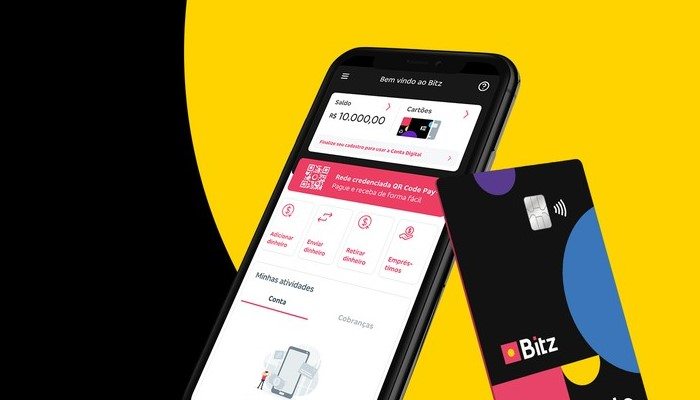People are often concerned about knowing how much they pay in taxes. Therefore, a free simulator from the Federal Revenue already meets this demand. With it, it is possible to see what is deducted from the income of people who declare Income Tax (IR) and know how to better plan the use of deductions, which are the responsibility of the federal body. Furthermore, as we know, it is ideal to plan our bills to keep our projects up to date, in addition to paying our debts.
A detail that not everyone knows is that, although taxation reaches almost a third of the income (27.5%), it does not apply to the total amount. In other words, in addition to there being several types of IR charges, discounts are made in relation to the Salary range of the person who contributes to IR. Thus, the charging system will apply to each value that the person's income reaches. This way, the amount charged in tax has a good reduction.
The importance of this issue is very relevant, mainly because tens of millions of people fell through the cracks last year alone — more precisely, 36 million. So, in this article, we will show how tax is charged differently for each income level that people reach. Also, you can check here what is necessary to calculate using the Federal Revenue system and how to know the value of your deductions.

IR Simulator: checking financial details
There are several advantages to using the Federal Revenue IR simulator. Among them, taxpayers can check how much discount they will have to pay to the government per month, in addition to checking the amount per year. The calculations also allow you to know how much will be left for the tax refund as well.
Once the user has access to the platform, he/she must enter everything that is chargeable, that is, that will end up being “bitten by the Lion”. It is at this moment that people enter what they received in terms of salaries, pensions, services performed (as long as they have proof of income), rent, among others.
Afterwards, the system will require expenses that can reduce the burden of the IR tax. They are called deductible expenses, always provided by the people who declare the tax in full. Thus, the electronic form contains the fields for social security (for people who retire with INSS), number of dependent people, food pension, private pension (income obtained with non-public retirement) and the carnet-leão.
Calculation basis, deduction and effective rate
As you have seen, there is a high risk of default and errors in the declaration. In general, this is caused by a lack of knowledge and a certain complexity in the calculations that people must make. Below you can find some explanations of the concepts in this topic.
- Basis for calculations. What happens when speculating what the IR will be like, people need to know that the account for the simulation has the following items: taxable and deductible income — the latter is subtracted from the amount that passes through taxation. So let's look at an example. If the person receives R$ 3,000.00 per month and the amounts that can be deducted add up to R$ 750.00, then the IR charge will be applied to the R$ 2,250.00 that is left over from this income.
- IR deduction ranges. The system shows salary levels to check what will be deducted from tax. This is how people who declare taxes know at which rate the tax will be charged. While this part is related to the fraction that will be applied to IR, the amount to be deducted is what is being reduced from your income tax.
- Effective rate. Finding out which part of the tax will be charged is simple. You need to multiply the value of your income for the percentage of the rate to the track, any less the amount subject to deduction. If the person receives R$ 2700.00, with a tax rate of 7.5%, the IR payment is R$ 59.70. Below, you can see the list of charges according to salary ranges.
See other types of fixed income applications
In addition to the PGBL and VGBL, people interested in having a private retirement can count on the IPCA+ treasury. This type of pension is a combination of broad consumer inflation with pre-fixed rates, that is, a sum. In other words, the federal government gives a title to private pensions, whose main characteristic for the simulator is to appreciate in value according to the pace of growth. economy.
The minimum maturity for the IPCA+ treasury can be at least 5 years. Furthermore, people can make small contributions to this type of investment, without so much financial risk.
In addition portability It is another type of personalization in relation to pensions. Seeing what happens to your life and changing the way you want to invest is important in the simulator. Finally, opting for a new institution does not lead to new taxes, nor does it create the headache of having to invest the amounts again, with all the bureaucracy.



